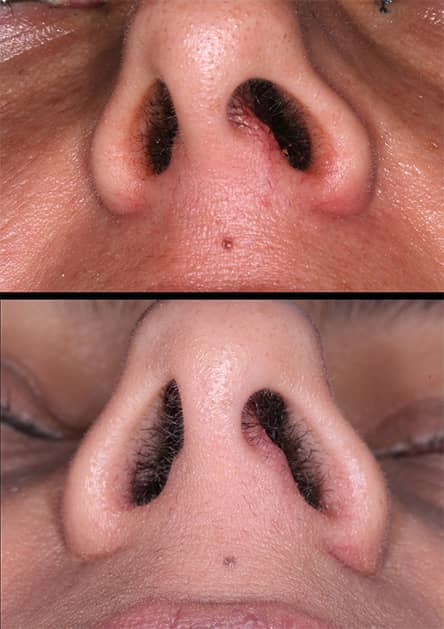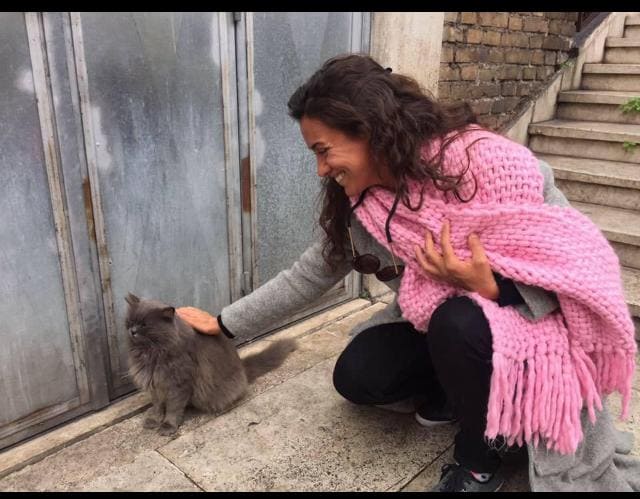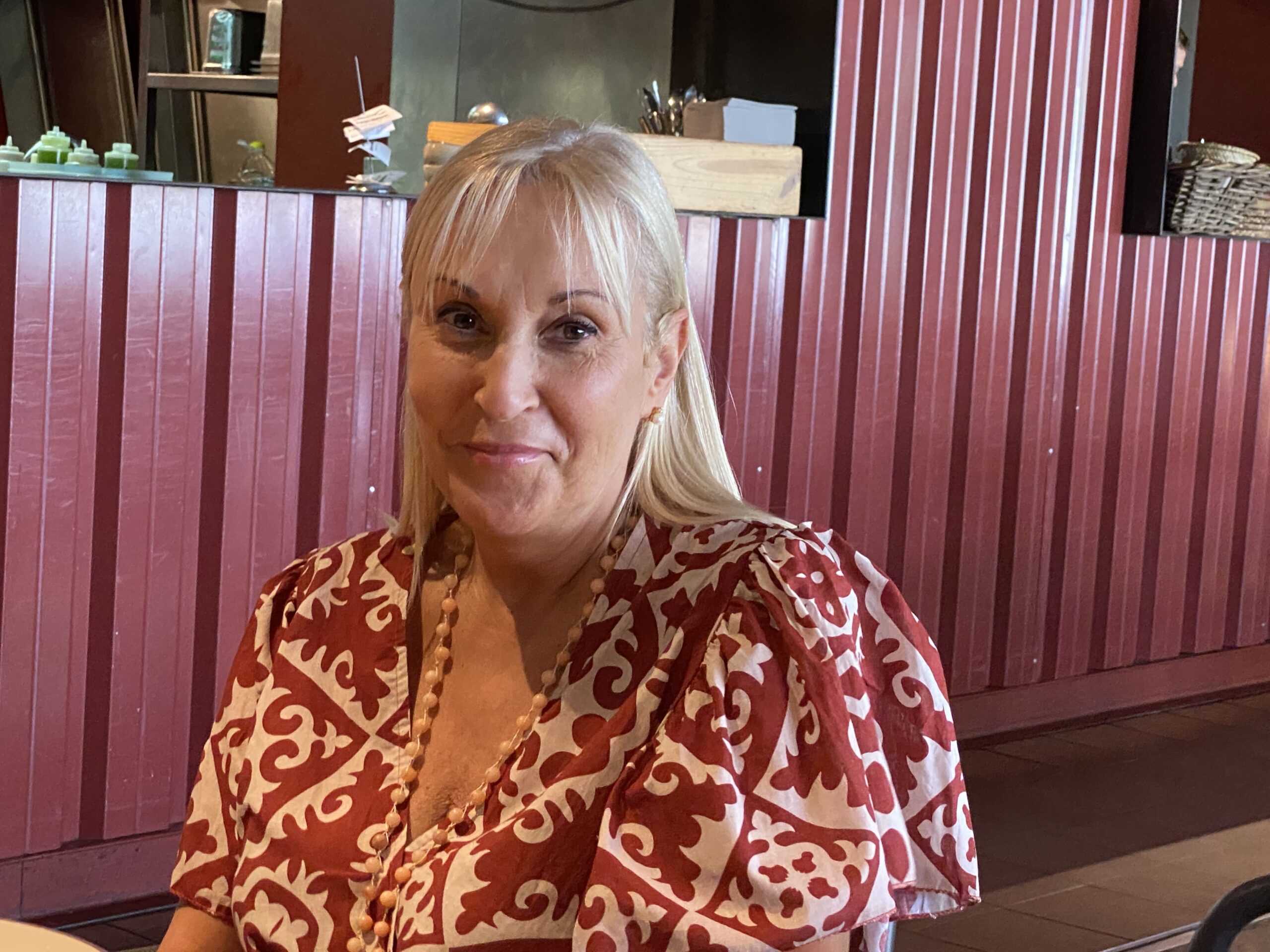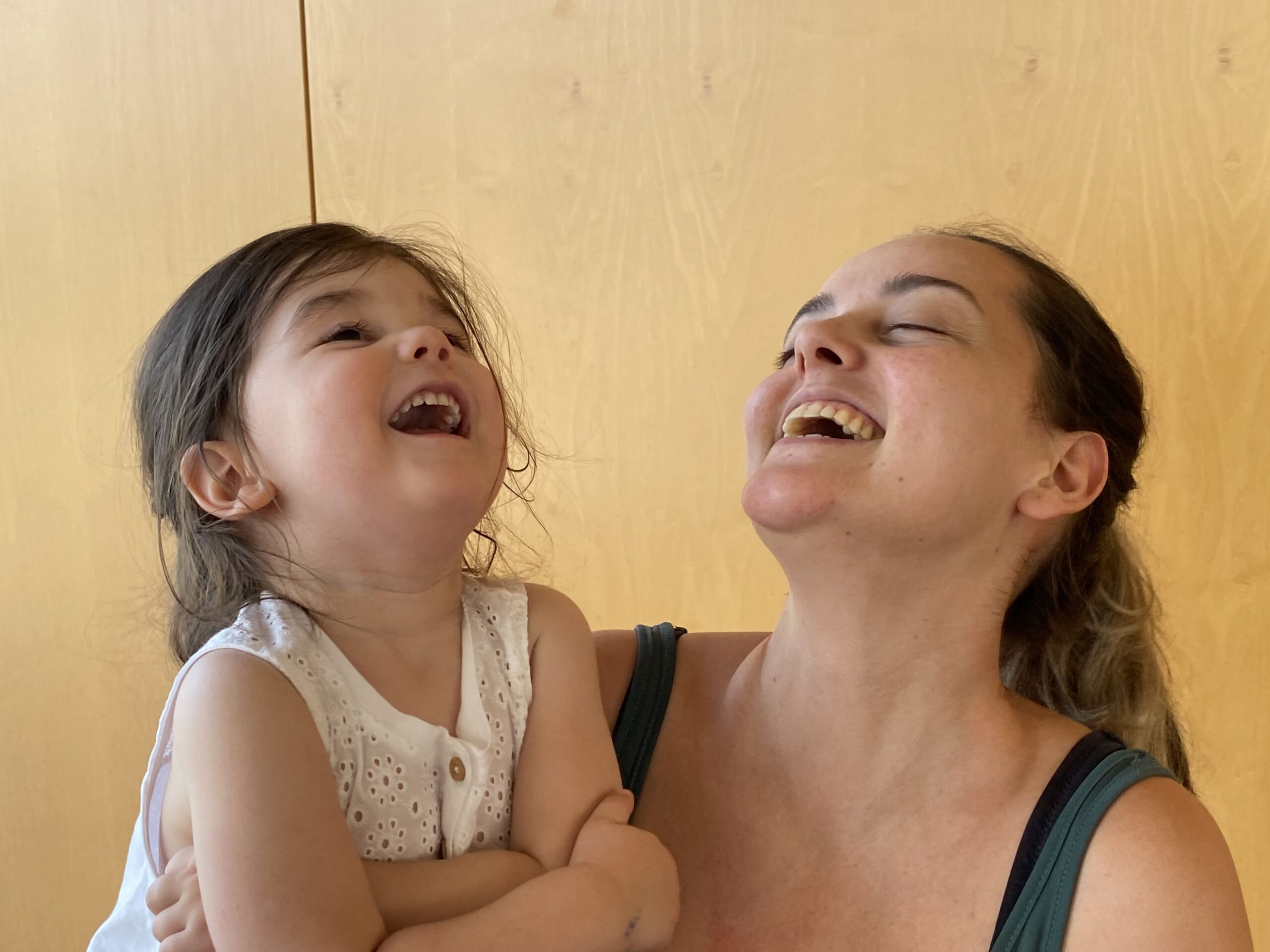Neural therapy and masticatory-respiratory rehabilitation
The problem of mouth breathing
The problem of mouth breathing
Some authors classify the problem of mouth breathing as the plague of the 21st century, as it affects 45% of adults today. And we are hardly aware of how detrimental it is to our general health and to our mouth.
For our whole body to function properly, we need to breathe regularly through our nose, slowly, rhythmically and from both sides at the same time. Oral breathing has been accentuated as a result of the continued use of face masks.
Blood oxygen saturation drops from 96 to 92%, the brain is less oxygenated, the negative pressure in our mouth is reduced and the effects on our health are manifold.
It is known that athletes who breathe through their mouths get injured much more often.
Mouth breathers who are infected by the COVID-19 virus are 9 times more likely to be intubated and 4 times more likely to die.
A child who is an oral breather consumes, on average, twice as many antibiotics, suffers more otitis and positions the tongue in the lower part of the mouth, so that the palate does not develop well and narrows, the molars end up fitting together in a crossed position and the profile of the face is blurred as it grows.


Whoever breathes badly, ends up chewing badly. And those who chew badly end up breathing badly. That is why it is important to take both aspects into account.
People who suffer from scoliosis, usually deviated towards the chewing side.
The oral breather will suffer more easily from inflamed gums, dry mouth, snoring at night, gingivitis and pharyngitis, bruxism problems, reflux, cervical contractures, headaches, migraines, vertigo, depression, allergies and canker sores. It will also affect libido, memory and irritability.
Oral breathing reduces the negative pressure in the mouth, so the gums may recede and the papillae may tend to disappear, leaving unsightly black triangles between the teeth. All of this encourages air to pass through, further reducing the negative pressure and causing the problem to become more pronounced over time.
Nowadays we can analyse and correct this problem in a simple way, and we can recover a good part of the appearance and health of the gums by modifying the breathing, without carrying out any surgery, at the same time as improving the general health of the patient.
If you would like us to assess the state of your breathing, your gums and the way your teeth fit together, do not hesitate to contact us.

Payment facilities in up to 5 years
Did you find all the information you were looking for? Did you find it interesting? Leave us your opinion:


























